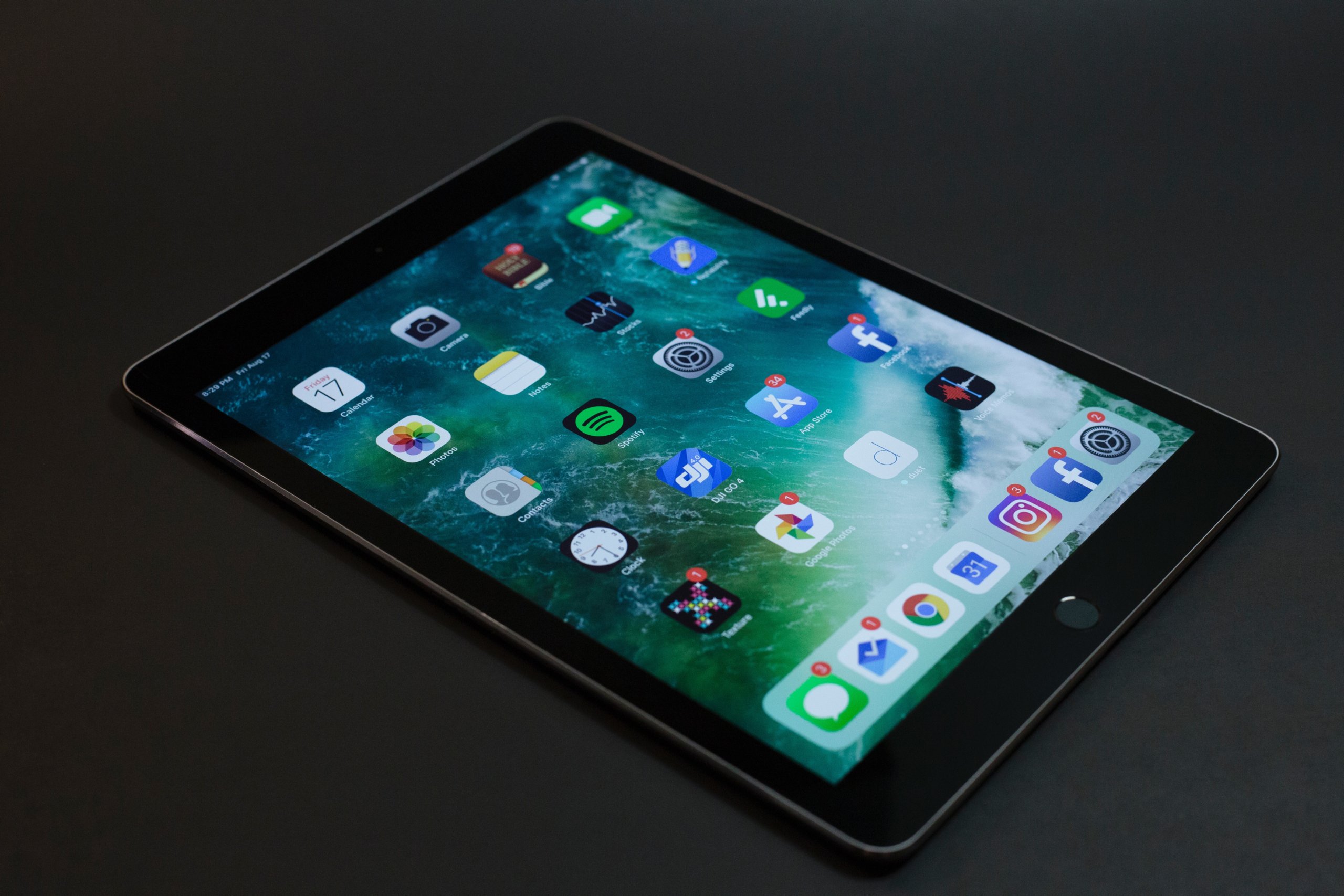
The Internet of Things (IoT) is rapidly expanding into every industry. It’s already present in our homes, hospitals, manufacturing facilities, and more. But this is really just the beginning — by 2025, there will be 25.2 billion connected devices in use.
With that said, it makes complete sense that IoT is now capturing the attention of innovators around the world. But the complexities of the technology remain a significant hurdle for many potential IoT developers. If you’re starting an IoT project anytime soon, you will want to know about these three important aspects of IoT devices before you begin your project.
Commercial IoT Device Certification
All commercial IoT devices must go through a rigorous regulations certification to be approved for RF operations. Since all IoT devices use radio waves or Internet connectivity to communicate, you must ensure that your new device won’t mess up any system that adds it into their current IoT setup.
Although you could ship your device globally, you should make sure that the device passes regulations in all of the regions you’re selling in. There’s no global regulatory council that checks over every IoT device that’s posted for sale. Some important regulatory bodies to submit your device for inspection to include Europe’s regulatory commission, the European Commission (CE), Canada’s Industry Canada (IC), and the U.S. Federal Communications Commission (FCC).

Getting your device certified involves a lot of time and adjustments, and even the paperwork can take weeks or months. As your device gets shipped out for testing, you will be asked to pay a healthy chunk of change to enter it into the regulatory committee’s inspection queue. The FCC, for example, has a General Emission test that costs up to $5,000, and the Intentional Radiation test can run you three times more.
When working with government agencies, it’s better to submit your paperwork and device sooner rather than later. A small delay on your end could snowball into a much larger delay on the government’s side.
To save the most time, however, you should build your device according to the most stringent and most recent compliance standards. Compliance isn’t a secondary priority; it should drive decisions from design to development and marketing. Using components that are already certified by the CE and FCC can also help you get to the finish line much faster. For example, one major component that fails quite often is the RF transceiver; using a pre-certified transceiver will help you get over one of the biggest hurdles.
IP Addresses for IoT Devices
Every device connecting to the Internet needs an IP address to uniquely identify itself. But IP addresses are also unnecessary for many IoT devices; devices that are essentially battery-operated sensors don’t use the OSI protocol anymore. As a result, to simplify the transceiver design and decrease power consumption, the TCP/IP protocol can be removed.
You’ll still need each sensor to uniquely identify itself using their wireless link, but the sensors can use a local Internet set-up to send and receive data to another computer that’s connected to the Internet.
Another big benefit of removing the TCP/IP connection is that connecting every device to the Internet (and subsequently registering each with a new IP address) can significantly reduce the chance of a security breach. Attacks like Denial of Service can bring business and operations to a halt, but you can mitigate the risk by building your device from the ground up with these extra precautions.
For devices that are small, send and receive a small amount of data, and are sensors, you probably don’t need an IP connection to the Internet.
Consider adding extra encryption standards, like the TLS/SSL protocol, on all of your devices and sensors. For even more robust cybersecurity, ensure your devices are updated and maintained regularly. Hiring an IT team or cybersecurity expert is also a great step towards extending your company’s knowledge and device quality.
Edge Computing Isn’t Automatically Included
Big data keeps getting bigger. And with the right kind of data, your device can self-optimize its performance and communication. But many IoT systems generate tons of data that isn’t valuable or useable.
Edge computing is a promising new technology that’s taking tech hubs like San Francisco and New York City by storm. It allows devices to make calculations and decisions on the device itself, without sending or receiving any information to or from the cloud.

At many companies utilizing IoT, the cloud is often overwhelmed with the amount of new data generated and stored daily. However, much of the analysis being done with data from the cloud could be moved to the device itself. And with some organizations having hundreds of small connected devices, moving to edge computing could really lessen the load for data storage and retrieval. As a result, computations become faster, less laggy, and more relevant for each particular device.
Alternatively, sending data to an “IoT gateway” or PC that takes in data from multiple end devices can be a great stepping stone for faster analysis. This approach still saves time, money, computational power, and the load on the cloud. By processing information that’s relevant to the specific plant or area of the factory, data can be utilized faster.
Don’t Let These Hurdles Impede Your IoT Innovation
We applaud your effort in trying to build a useful and valuable IoT device for the commercial sector. And we hope the information we’ve outlined here helps you in your development journey! Building an IoT product takes an immense amount of planning and effort. Taking care of these obstacles before they become actual issues could end up saving you tons of time and resources.
What IoT application are you working on? What new IoT product are you most excited about? As always, let us know your thoughts in the comments below!





